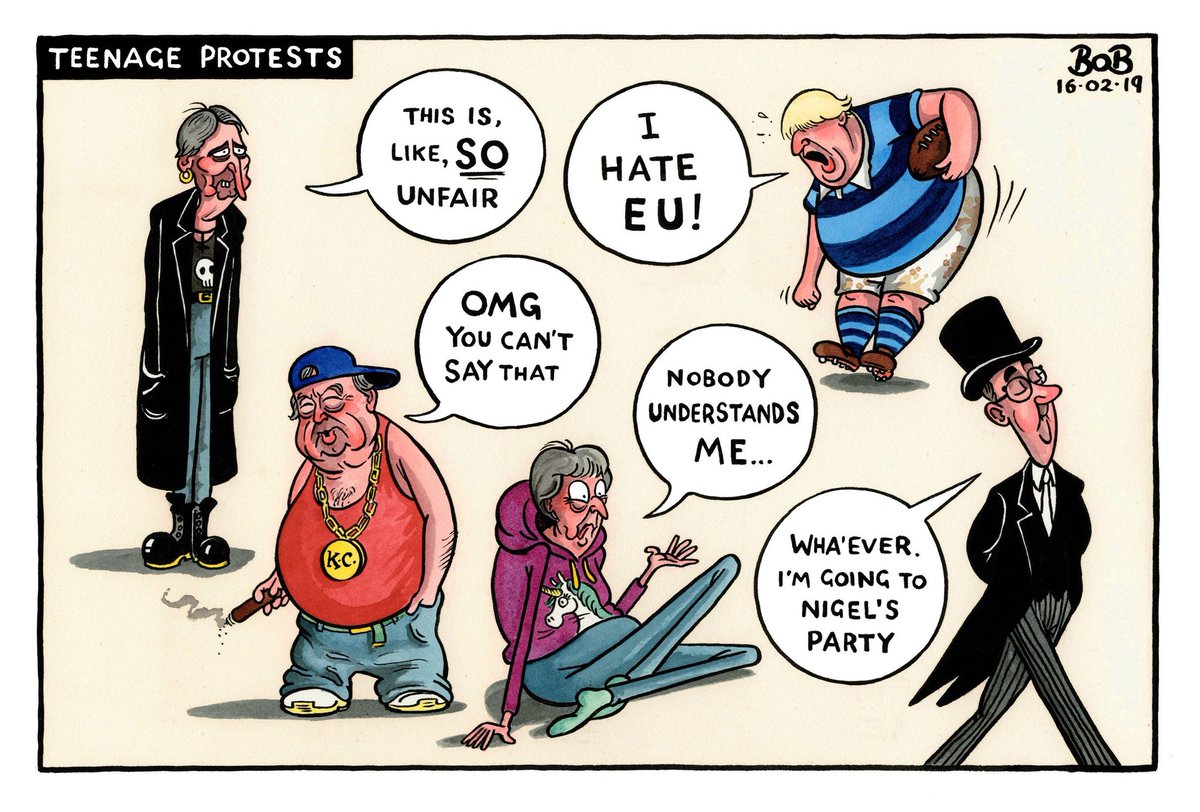By Maria Vrachneli,
If you flip through a newspaper, here’s what you’ll probably see: a feature of a political cartoon. Surely, an interesting means to get updated on political matters and laugh! But can this multimodal text that combines background knowledge, visual images, and politically informed language reach out to all the audiences that need to be informed about what’s happening in the world? Apparently not.
The responses of individuals between 16 and 19 years old to a research that was carried out in the North of England showed exactly this; a great deal of young adults aren’t familiar with the cartoon genre and find it hard to translate the visual and linguistic components, failing to understand the meaning behind the representations in political cartoons. At first glance, this could give you the impression that teenagers are politically apathetic and indifferent towards matters concerning the world they live in. But, a closer look at the different skills we need to interpret those multimodal texts that combine visual imagery and written language and carry socio-cultural connotations will change your mind.

At first glance, this could give you the impression that teenagers are politically apathetic and indifferent towards matters concerning the world they live in. But, a closer look at the different skills we need to interpret those multimodal texts that combine visual imagery and written language and carrying socio-cultural connotations will change your mind.
Here’s what it takes;
Firstly, we need to have a broad knowledge of past and current events. Secondly, we have to be familiar with genre conventions and the ability to translate visual ‘grammar’, including abstract and concrete elements and structures that carry out the way those elements are meaningfully connected. Thirdly, we need to have some type of experience with analytical and critical thinking about real world events and circumstances. And, lastly, for the underlining hidden connections within the text, we need a broad cultural literacy and the ability to discover those connections that aren’t revealed explicitly.
We can see for ourselves that understanding both the content and context of political cartoons requires experience, skills and a whole range of different literacies. So, wouldn’t it be fitting to equip our young adults with the appropriate linguistic tools and cultivate their way into thinking critically? You can be the judge of that .
References
- Bercovitch, Sacvan. “The Scarlet Letter: A twice-told tale.” Nathaniel Hawthorne Review 22.2 (1996): 1-20.
- Hawthorne, N. (2008). The Scarlet Letter. Oxford ; New York: Oxford University Press.
- Young people’s readings of a political cartoon and the concept of multimodal literacy. Available here




